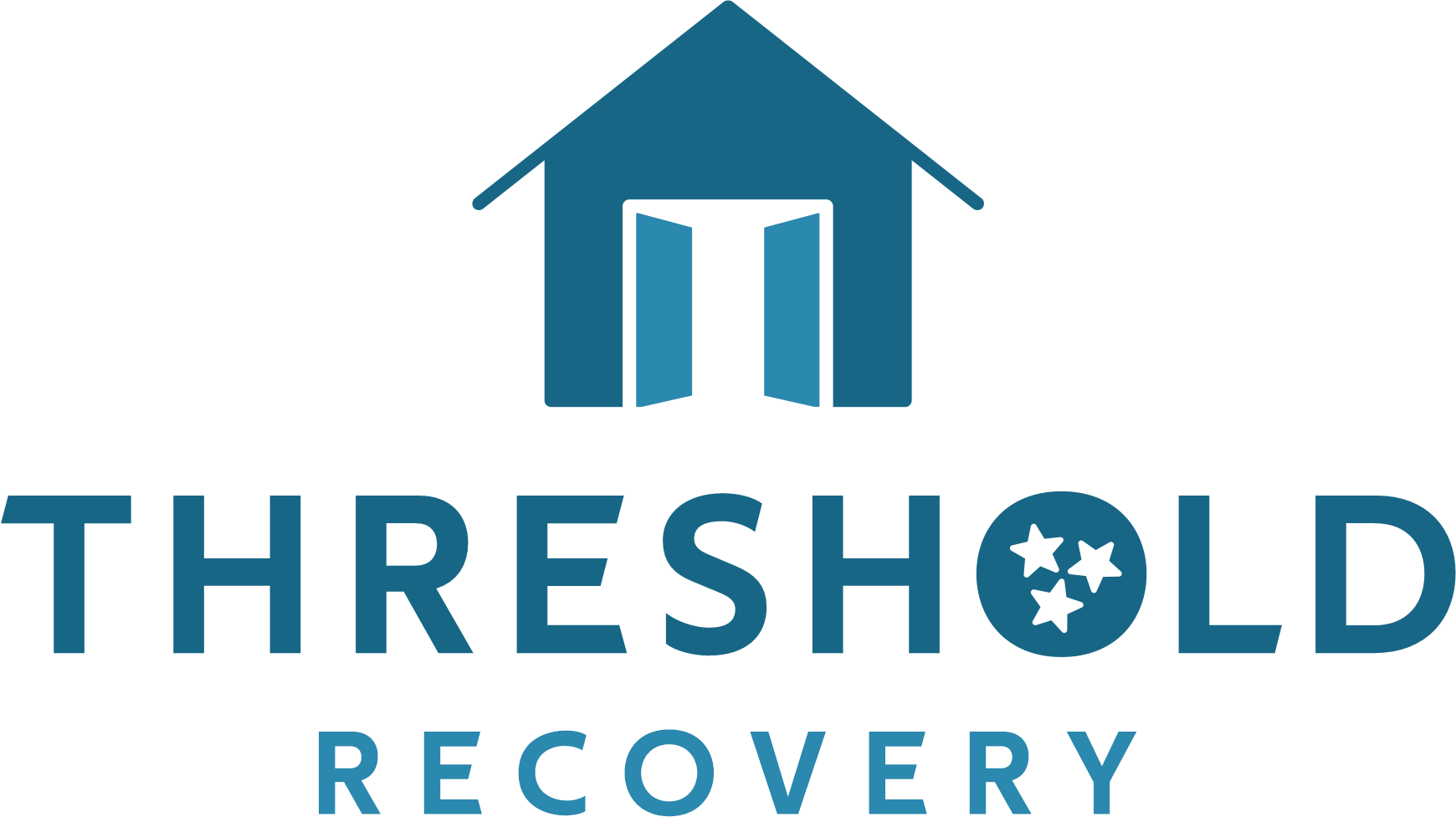
“The Road to Recovery: A Guide to Halfway Houses”
Welcome to the Threshold Recovery Halfway House blog. In this comprehensive guide, we will explore the importance of halfway houses and their role in the recovery process. We will also discover how they provide a supportive environment for individuals transitioning from addiction treatment programs into independent living. Let’s embark on this recovery journey together.
Section 1: Understanding Halfway Houses
Halfway houses are also known as sober living homes or transitional living facilities. They serve as a bridge between addiction treatment programs and mainstream society. These residential facilities offer a safe and structured environment for individuals in recovery, helping them reintegrate into society while maintaining sobriety. Halfway houses typically follow specific guidelines and rules, including mandatory adherence to sobriety, regular drug testing, and participation in support groups.
Section 2: The Benefits of Halfway Houses
2.1 Supportive Community:
One of the key advantages of halfway houses is the sense of community they provide. Residents live with others who are also in recovery. This creates a supportive environment where they can share experiences, offer encouragement, and build lasting friendships. This recovery support plays a crucial role in the recovery journey, promoting accountability and reducing feelings of isolation.
2.2 Structured Environment:
Halfway houses offer a structured living environment, with daily routines and curfews. This structure helps individuals develop a sense of discipline and responsibility, which are vital for successful recovery into society. Moreover, residents are encouraged to engage in educational pursuits, strengthening their skills and increasing their chances of long-term success.
2.3 Continued Accountability:
Accountability is an important part of recovery. Halfway houses provide a framework for residents to remain accountable for their actions. Regular drug testing, attendance at 12-step meetings, and counseling sessions ensure that individuals stay committed to their sobriety goals. This accountability fosters personal growth and helps residents avoid relapse.
Section 3: Services and Support Offered
3.1 Counseling and Therapy:
Halfway houses often provide access to group counseling sessions, helping residents discover underlying issues causing their addiction. Professional therapists and addiction specialists help individuals develop coping mechanisms, identify triggers, and create relapse prevention strategies.
3.2 Life Skills Training:
Many halfway houses offer life skills training programs to equip residents with essential skills for independent living. These programs may include financial management, job hunting skills, nutrition and meal planning, and conflict resolution techniques. By learning these skills, residents become better prepared to face the challenges of life beyond the halfway house.
3.3 Alumni Support:
Some sober living homes maintain strong connections with their alumni community. This support network can be invaluable as individuals transition out of the facility. Alumni events and mentorship programs, provide ongoing support, guidance, and a sense of belonging even after leaving the halfway house.
Conclusion:
Sober living homes help residents by giving accountability to people in recovery. Accountability is a necessary part of recovery and that is why a halfway house is a good idea.
Halfway houses, also referred to as sober living homes, serve as a bridge between intensive treatment programs and independent living. These residences offer a supportive and accountable environment where individuals can gradually transition back into society while maintaining their sobriety.
Halfway houses operate under specific rules and guidelines. Residents must adhere to sobriety standards, participate in support groups, and engage in regular drug testing. They provide community and provide residents with a place to develop the life skills necessary for a successful recovery.
We hope this guide has shed light on the importance of halfway houses and their contributions to long-term sobriety. Remember, the road to recovery may have its challenges, but with the right support, a brighter and healthier future awaits.

